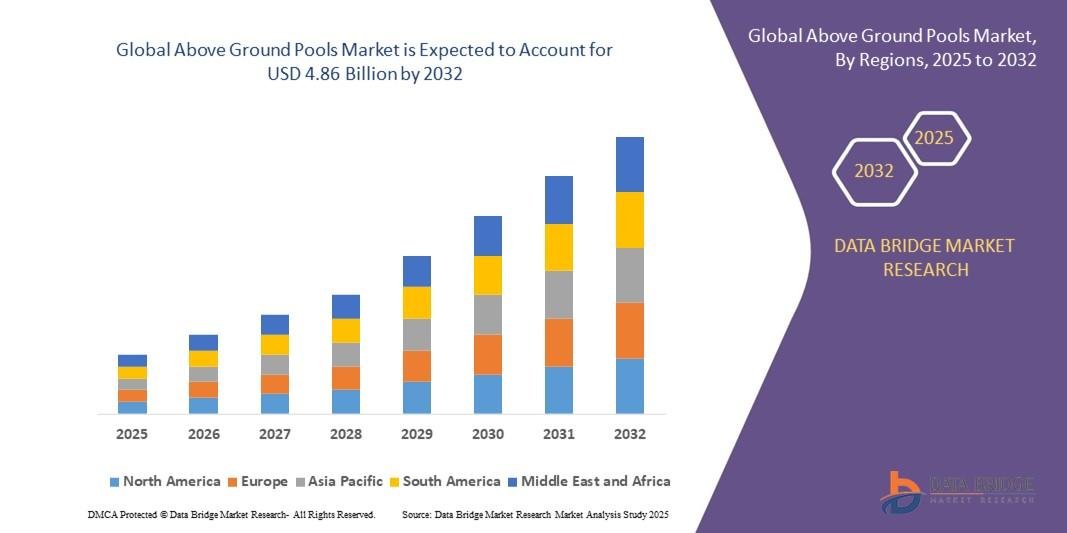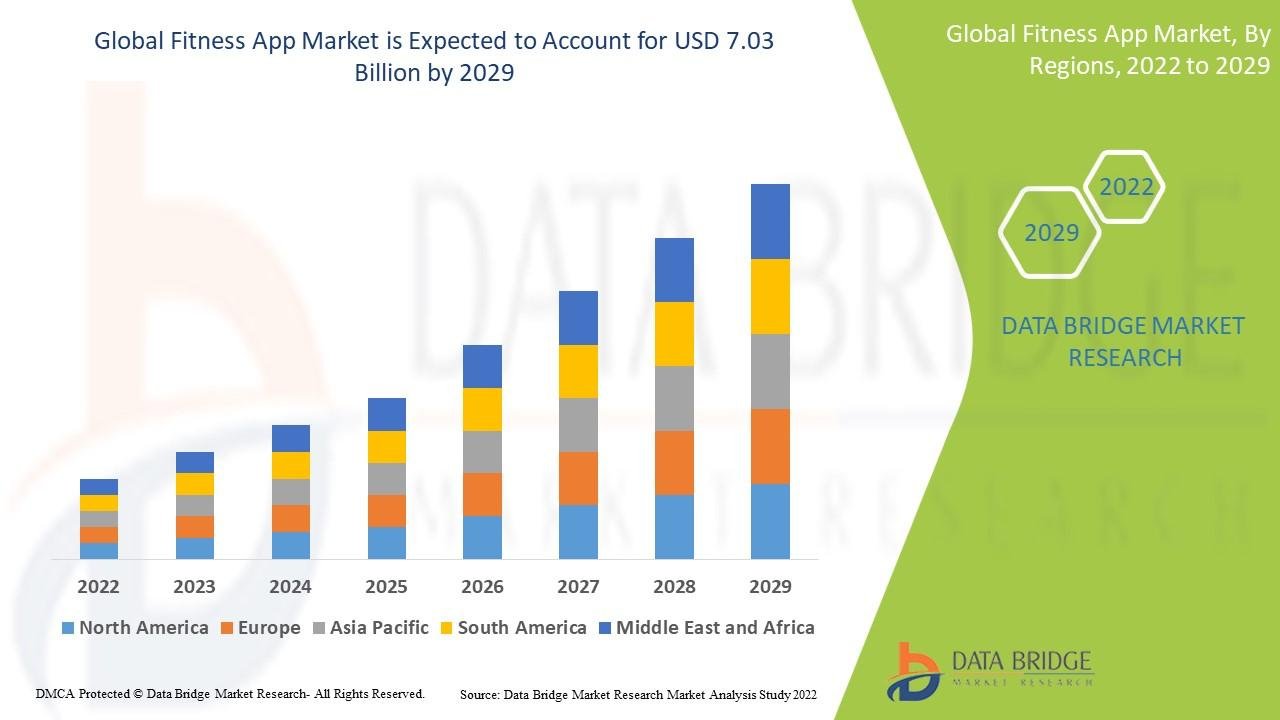The Air Quality Constellation Services Market is witnessing a robust surge in demand as governments, research institutions, and private sectors worldwide emphasize real-time environmental data collection. These services employ satellite constellations and advanced sensors to monitor atmospheric pollutants, greenhouse gases, and air quality parameters with unprecedented accuracy.
As climate change intensifies and urban pollution levels continue to rise, the adoption of satellite-based air quality monitoring systems is becoming essential for public health and sustainability initiatives. This market plays a vital role in enabling data-driven policy decisions, industrial compliance, and global environmental transparency.
According to Research Intelo’s latest analysis, the Air Quality Constellation Services Market is expected to experience significant growth during the forecast period, driven by technological innovations, cross-border collaborations, and heightened regulatory mandates aimed at improving air quality management.
Key Market Drivers
The growing urgency to combat climate change is one of the primary factors fueling the expansion of the Air Quality Constellation Services Market. Governments and environmental agencies are increasingly leveraging satellite constellations to obtain consistent, high-resolution atmospheric data across large geographic regions.
Additionally, advancements in Earth observation technology—such as hyperspectral imaging and AI-based data analytics—are transforming the accuracy and speed of pollutant detection. These innovations allow for real-time tracking of carbon emissions, aerosols, and volatile organic compounds.
The rising demand for transparency and sustainability reporting from industries has also increased the reliance on space-based air quality data. Organizations are using these services to monitor their environmental impact and meet global carbon neutrality targets.
Request a Sample Report:
https://researchintelo.com/request-sample/98018
Market Restraints and Challenges
Despite strong growth prospects, the market faces a few constraints. High initial investment and operational costs associated with launching and maintaining satellite constellations can limit participation from smaller organizations.
Another key challenge is data integration. Merging space-based datasets with terrestrial monitoring networks requires advanced analytics platforms and consistent calibration, posing technical hurdles for service providers.
Moreover, concerns about data privacy, frequency regulation, and international cooperation can complicate large-scale deployment of these satellite systems, particularly in developing regions with limited infrastructure.
Emerging Opportunities in the Market
The future of the Air Quality Constellation Services Market is brimming with opportunities. The integration of artificial intelligence and machine learning for predictive air quality modeling presents a major breakthrough for environmental monitoring. These tools enable early detection of pollution spikes, helping governments implement timely interventions.
Private players and research institutions are exploring the potential of miniaturized CubeSats and low-cost nanosatellites to provide continuous atmospheric observations. This approach significantly reduces operational expenses while improving data accessibility.
In addition, growing collaborations between meteorological agencies, academic bodies, and tech innovators are paving the way for a comprehensive global air monitoring ecosystem. Such partnerships are expected to enhance data accuracy, resolution, and accessibility in the coming years.
View Full Report:
https://researchintelo.com/report/air-quality-constellation-services-market
Market Dynamics and Regional Insights
The Air Quality Constellation Services Market is characterized by strong regional growth patterns. North America currently dominates due to the presence of robust space infrastructure and strict air pollution regulations. The U.S. Environmental Protection Agency’s emphasis on satellite-supported emissions tracking further strengthens market growth.
Europe follows closely, supported by the European Space Agency’s (ESA) initiatives toward environmental sustainability and the Green Deal policy framework. The region’s push for carbon neutrality by 2050 has spurred demand for advanced air quality monitoring technologies.
Meanwhile, the Asia-Pacific region is witnessing the fastest expansion, driven by increasing industrialization and urbanization. Countries such as China and India are investing heavily in satellite-based environmental monitoring systems to address air pollution and public health crises.
Technological Advancements Shaping the Future
Rapid innovation is redefining how the Air Quality Constellation Services Market operates. From sensor miniaturization to the use of advanced data analytics, several technological trends are steering market evolution:
-
AI-driven data interpretation for real-time air quality forecasting.
-
Integration of cloud computing for scalable environmental data storage and analysis.
-
Improved spectral resolution sensors enabling precise identification of trace gases.
-
Use of nanosatellite constellations to provide global, low-latency data coverage.
Furthermore, the development of open-access data platforms is fostering collaboration among researchers and policymakers, leading to improved environmental transparency and accountability.
Enquire Before Buying:
https://researchintelo.com/request-for-customization/98018
Future Outlook
The Air Quality Constellation Services Market is poised for accelerated growth in the coming decade. The convergence of space technology, environmental policy, and digital analytics is driving the sector’s transformation into a key pillar of global sustainability efforts.
Research Intelo anticipates that market growth will be fueled by:
-
Rising investments in smart city and sustainable development initiatives.
-
Expansion of public-private partnerships in satellite-based monitoring.
-
Increasing reliance on predictive modeling and AI-driven environmental intelligence.
As more nations adopt emission monitoring frameworks aligned with the Paris Agreement, the demand for precise, space-based air quality data is expected to soar. The trend toward constellation-as-a-service models is also gaining traction, offering scalable and subscription-based access to atmospheric data for diverse industries.
Conclusion
In conclusion, the global Air Quality Constellation Services Market stands at the intersection of environmental responsibility and technological innovation. It enables governments, researchers, and industries to make data-backed decisions in tackling pollution, managing climate risk, and promoting sustainable growth.
With continuous advancements in sensor accuracy, data processing, and satellite networks, the market is expected to redefine how humanity observes and manages air quality at a planetary scale.
As the world moves toward an era of climate accountability, the role of air quality constellation services will become indispensable in shaping environmental policy and protecting public health.
Check Out the Report:
https://researchintelo.com/checkout/98018




